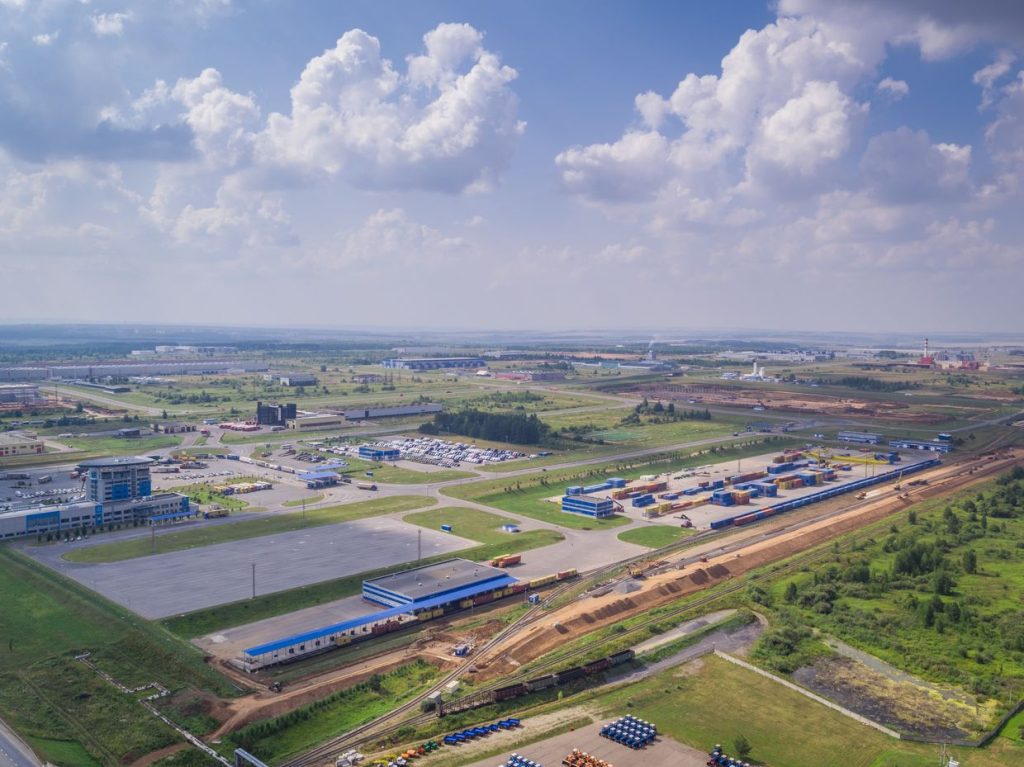The recent drone attacks on industrial facilities in Russia’s Republic of Tatarstan, allegedly carried out by Ukraine, have raised concerns about escalating tensions between the two countries. The attacks targeted oil refineries and other key facilities, resulting in some injuries and damage. The Ukrainian military intelligence agency (HUR) claimed responsibility for the attacks, citing retaliation for Russian attacks on critical infrastructure. The use of drones in these attacks highlights Ukraine’s efforts to disrupt Russian operations and defend its territory.
The drone attacks in Tatarstan come in the midst of ongoing conflict between Ukraine and Russia, with both sides engaging in military operations and strategic maneuvers. Ukraine’s targeting of Russian energy infrastructure is seen as a legitimate military strategy by President Volodymyr Zelensky, who asserts that it aligns with Ukraine’s military objectives. Russian authorities have reported injuries and damage following the drone strikes, although the specifics of these claims are difficult to verify independently. The use of drones in these attacks represents a new phase in the conflict, with Ukraine employing innovative tactics to counter Russian aggression.
The drone attacks on Russian industrial facilities mark a significant escalation in the conflict, with Ukraine targeting critical infrastructure to disrupt Russian operations and weaken its military capabilities. The attacks serve as a form of retaliation for Russian aggression and can impact Russia’s oil-processing capacity. The involvement of drones in these attacks demonstrates Ukraine’s technological capabilities and determination to defend its territory against Russian incursions. The use of drones in military operations highlights the changing nature of warfare and the importance of innovative tactics in modern conflicts.
The ongoing conflict between Ukraine and Russia has entered a new phase with the drone attacks in Tatarstan, where industrial facilities were targeted in a strategic move to disrupt Russian operations. The attacks have caused concern among Russian authorities and raised questions about the potential for further escalation in the conflict. Ukraine’s use of drones as a military tool reflects a broader trend in modern warfare, where technology plays an increasingly important role in strategic operations. As the conflict continues to unfold, the use of drones and other innovative tactics will likely shape the dynamics of the conflict and influence the outcome of the ongoing struggle for control.
The targeted drone attacks on Russian industrial facilities in Tatarstan represent a significant development in the conflict between Ukraine and Russia, with implications for the balance of power in the region. The use of drones in military operations highlights the evolving nature of warfare and the importance of technological innovation in modern conflicts. The attacks serve as a demonstration of Ukraine’s ability to disrupt Russian operations and defend its territory against aggressive incursions. The conflict between the two countries is likely to continue, with both sides employing a range of tactics and strategies to gain the upper hand and achieve their respective objectives. The use of drones in these attacks underscores the changing dynamics of conflict in the modern era and the central role of technology in shaping military operations.


